Table of content
Dried Chinese cabbage, known for its unique texture and concentrated flavor, is a pantry staple in many cuisines. Often overlooked, this humble ingredient transforms into a culinary delight when prepared correctly. This article explores the nuances of rehydrating, cooking, and elevating dried Chinese cabbage into mouthwatering dishes. From stir-fries to soups, we’ll delve into techniques that highlight its umami-rich profile while ensuring every bite is tender, flavorful, and utterly satisfying.
Understanding Dried Chinese Cabbage
Dried Chinese cabbage, typically made from Napa cabbage, undergoes a preservation process where fresh leaves are sun-dried or air-dried until they lose most of their moisture. This method not only extends shelf life but also intensifies the cabbage’s natural sweetness and imparts a chewy texture. Commonly used in Asian cooking, it absorbs flavors beautifully, making it a versatile ingredient for hearty stews, stir-fries, and even salads.
Preparation: The Key to Success
Before cooking, dried Chinese cabbage must be properly rehydrated. Skipping this step results in tough, leathery bits that detract from the dish. Here’s how to prepare it:
- Soaking: Place the dried cabbage in a large bowl and cover with warm water. Let it soak for 30–60 minutes, or until fully softened. Drain and rinse thoroughly to remove excess salt or debris.
- Trimming: After soaking, the cabbage may expand significantly. Trim off any thick stems or discolored edges, then chop it into bite-sized pieces.
- Optional Blanching: For dishes requiring extra tenderness, briefly blanch the rehydrated cabbage in boiling water for 2–3 minutes before cooking.
Cooking Techniques: From Stir-Fries to Stews
Stir-Fried Dried Cabbage with Pork
This classic dish pairs the cabbage’s chewiness with savory pork and aromatic seasonings.
Ingredients:
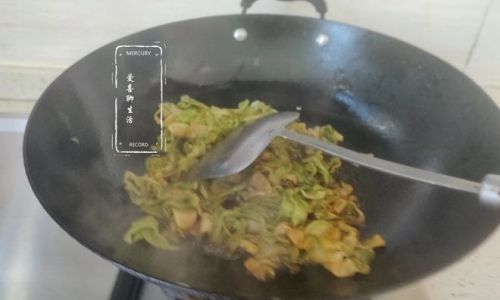
- 1 cup rehydrated dried Chinese cabbage
- 150g ground pork (or tofu for a vegetarian twist)
- 2 garlic cloves, minced
- 1-inch ginger, grated
- 2 tbsp soy sauce
- 1 tbsp oyster sauce (or mushroom sauce for vegan)
- 1 tbsp Shaoxing wine (optional)
- 1 tbsp sesame oil
- 1 tbsp vegetable oil
- 1 red chili, sliced (adjust to taste)
- 1 tsp sugar
- 2 green onions, chopped
Instructions:
- Heat vegetable oil in a wok over medium-high heat. Add garlic and ginger, stir-frying until fragrant (30 seconds).
- Add ground pork, breaking it into small pieces with a spatula. Cook until browned.
- Toss in the rehydrated cabbage and stir-fry for 2–3 minutes.
- Stir in soy sauce, oyster sauce, Shaoxing wine, sugar, and chili. Mix well to coat the ingredients.
- Drizzle with sesame oil and garnish with green onions before serving. Serve hot with steamed rice.
Dried Cabbage and Mushroom Soup
A comforting broth that showcases the cabbage’s ability to absorb flavors.
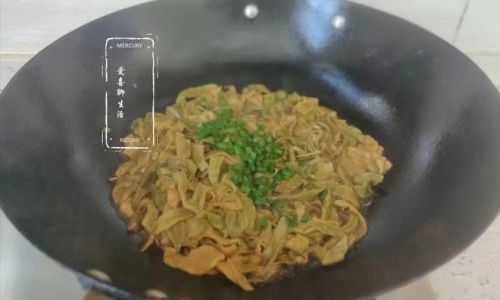
Ingredients:
- 2 cups rehydrated dried Chinese cabbage
- 4 cups vegetable or chicken broth
- 1 cup dried shiitake mushrooms, rehydrated and sliced
- 1 carrot, julienned
- 1 tbsp miso paste (or soy sauce)
- 1 tbsp rice vinegar
- 1 tsp sesame oil
- 2 garlic cloves, sliced
- 1 tsp grated ginger
- 1 tbsp cornstarch (optional, for thickening)
- 2 green onions, chopped
Instructions:
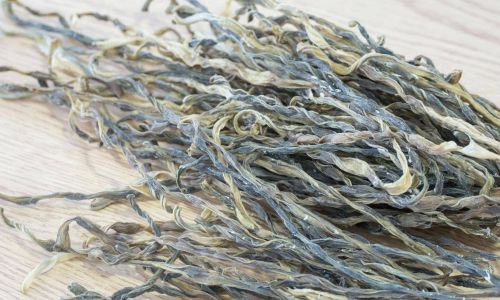
- In a large pot, sauté garlic and ginger in sesame oil until golden.
- Add mushrooms and carrots, stir-frying for 3 minutes.
- Pour in broth and bring to a simmer. Add rehydrated cabbage, miso paste, and rice vinegar.
- Simmer for 15–20 minutes. If desired, thicken with a cornstarch slurry.
- Serve hot, garnished with green onions.
Braised Dried Cabbage with Black Bean Sauce
A rich, umami-packed dish that pairs perfectly with noodles or rice.
Ingredients:
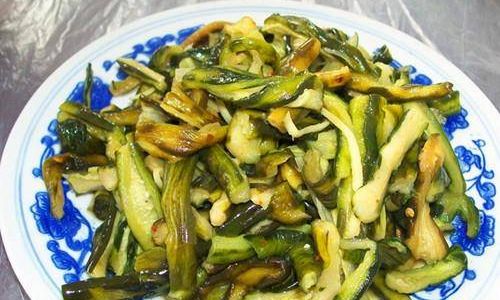
- 2 cups rehydrated dried Chinese cabbage
- 2 tbsp fermented black beans, rinsed
- 1 tbsp fermented tofu (optional)
- 3 garlic cloves, minced
- 1 tbsp sugar
- 1 tbsp dark soy sauce
- 1 tbsp Shaoxing wine
- 1 cup water or chicken stock
- 1 tbsp vegetable oil
- 1 red bell pepper, sliced
Instructions:
- Heat oil in a skillet. Add garlic and fermented black beans, stir-frying for 1 minute.
- Add rehydrated cabbage and bell pepper, tossing to combine.
- Stir in sugar, dark soy sauce, Shaoxing wine, and stock. Bring to a boil, then reduce heat to low.
- Cover and simmer for 25–30 minutes, until the cabbage is tender and the sauce thickens.
- Adjust seasoning and serve.
Tips for Perfect Dried Cabbage Dishes
- Balance Salt and Sweetness: Dried cabbage can be slightly salty. Counterbalance this with a touch of sugar or a splash of vinegar.
- Enhance Umami: Pair with ingredients like mushrooms, soy sauce, or fermented bean paste to amplify depth.
- Texture Play: For contrast, add crunchy elements like water chestnuts, bamboo shoots, or roasted peanuts.
- Spice It Up: A pinch of chili flakes or fresh chili peppers elevates the dish’s complexity.
Health Benefits of Dried Chinese Cabbage
Rich in fiber, vitamins C and K, and antioxidants, dried Chinese cabbage offers nutritional perks alongside its culinary appeal. The drying process concentrates these nutrients, making it a potent addition to meals. Its low-calorie profile also supports weight management, while its prebiotic fibers aid digestion.
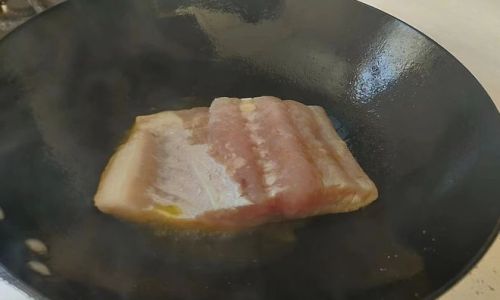
Regional Variations and Creative Twists
- Korean-Inspired: Add gochujang (chili paste) and kimchi to a stir-fry for a spicy-tangy kick.
- Japanese Flavor: Incorporate dried cabbage into miso soup with tofu and wakame seaweed.
- Fusion Tacos: Shred the cabbage and use it as a filling with pickled vegetables and sriracha mayo.
Common Mistakes to Avoid
- Under-soaking: Leads to tough, rubbery cabbage. Always ensure it’s fully rehydrated.
- Overcooking: Dried cabbage turns mushy if simmered too long. Aim for tender-firm texture.
- Skipping Seasoning: Its mild flavor benefits from bold seasonings—don’t hold back!
Conclusion
Dried Chinese cabbage is a kitchen chameleon, capable of elevating humble ingredients into extraordinary meals. By mastering its preparation and pairing it with complementary flavors, you can turn this unassuming ingredient into a star. Whether simmered in a broth, stir-fried with pork, or braised in black bean sauce, its chewy texture and deep flavor profile promise a satisfying culinary adventure. Experiment, savor, and let this timeless ingredient inspire your next meal.
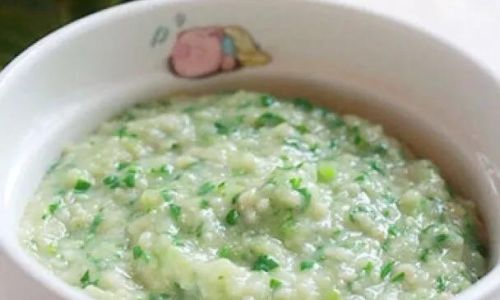
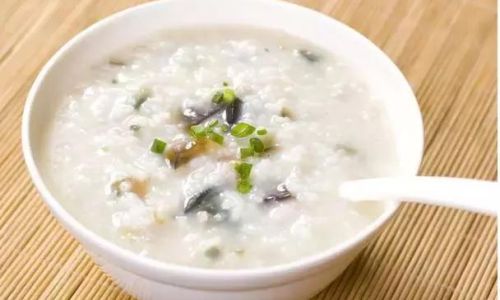
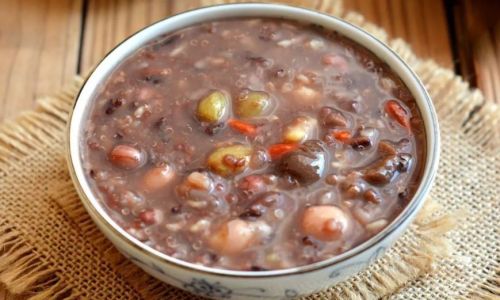


0 comments